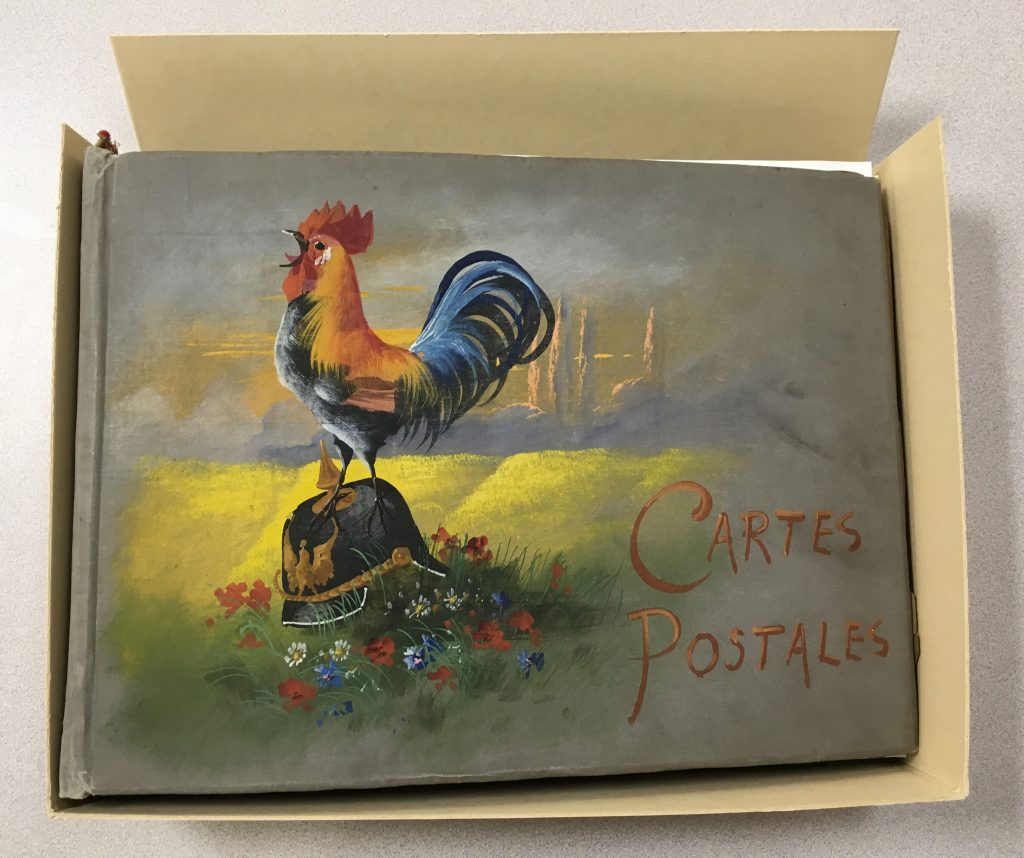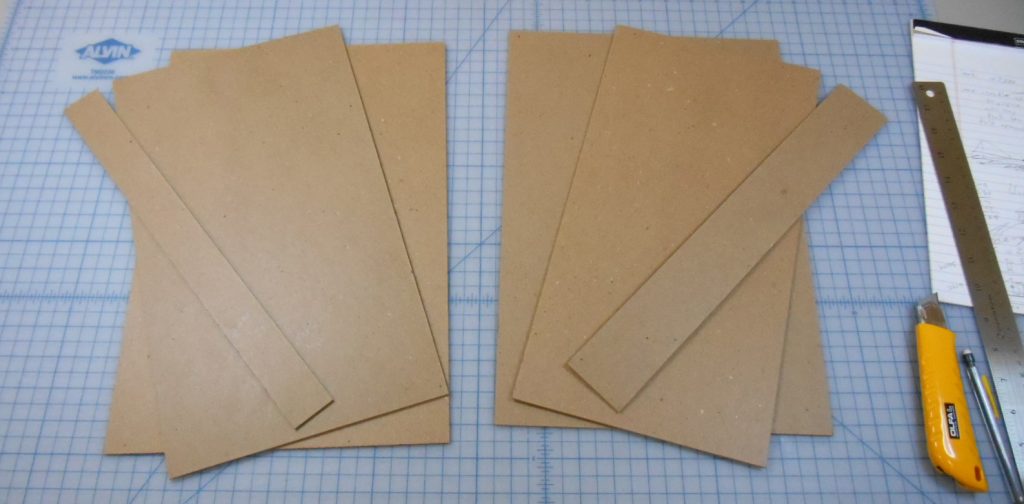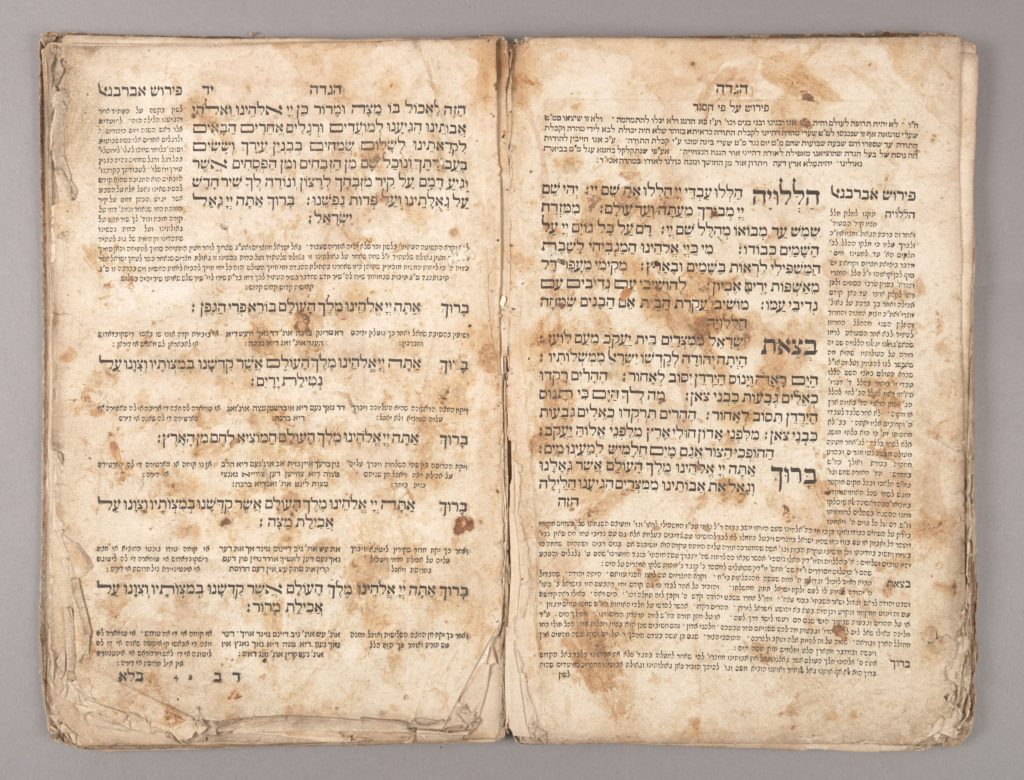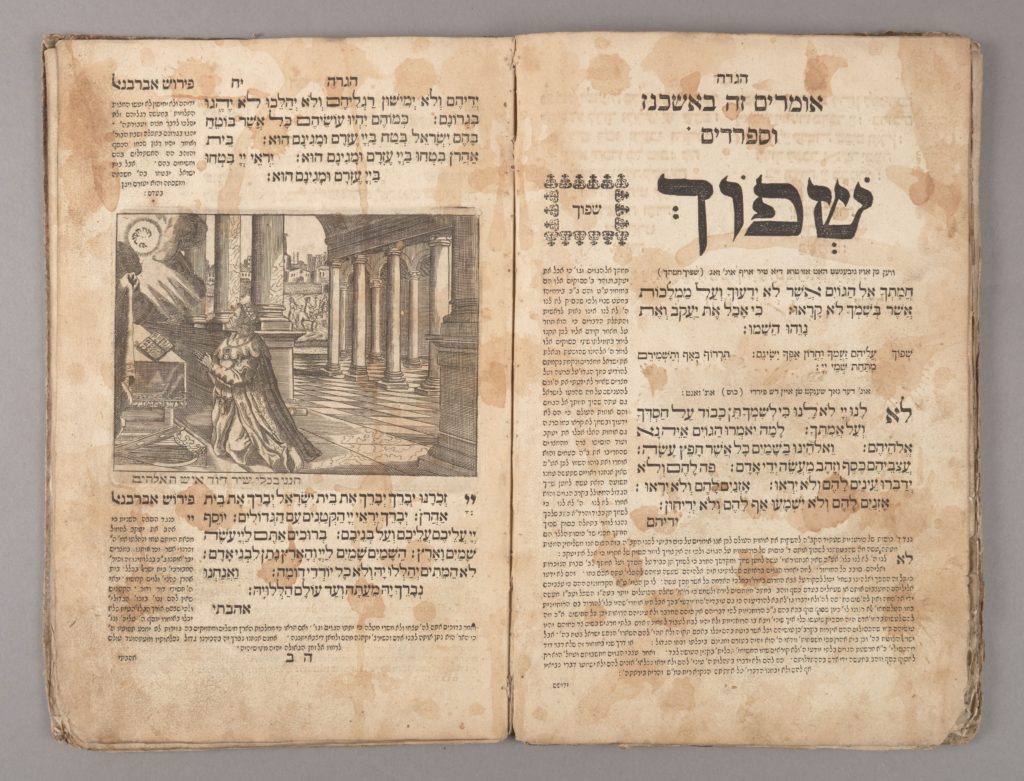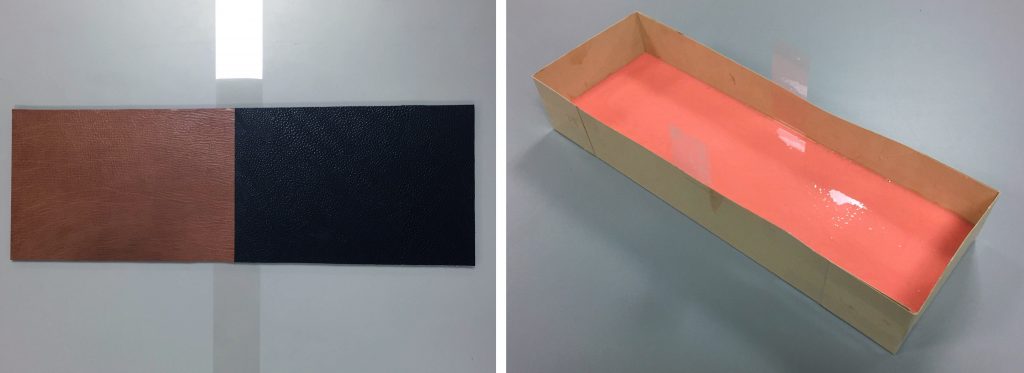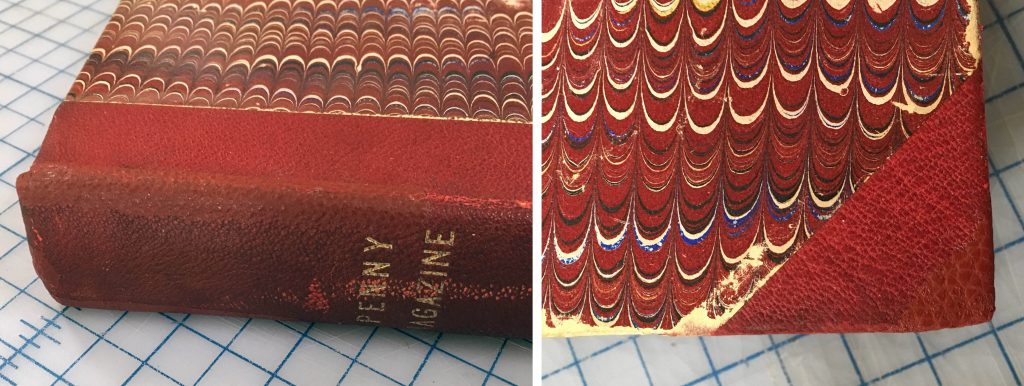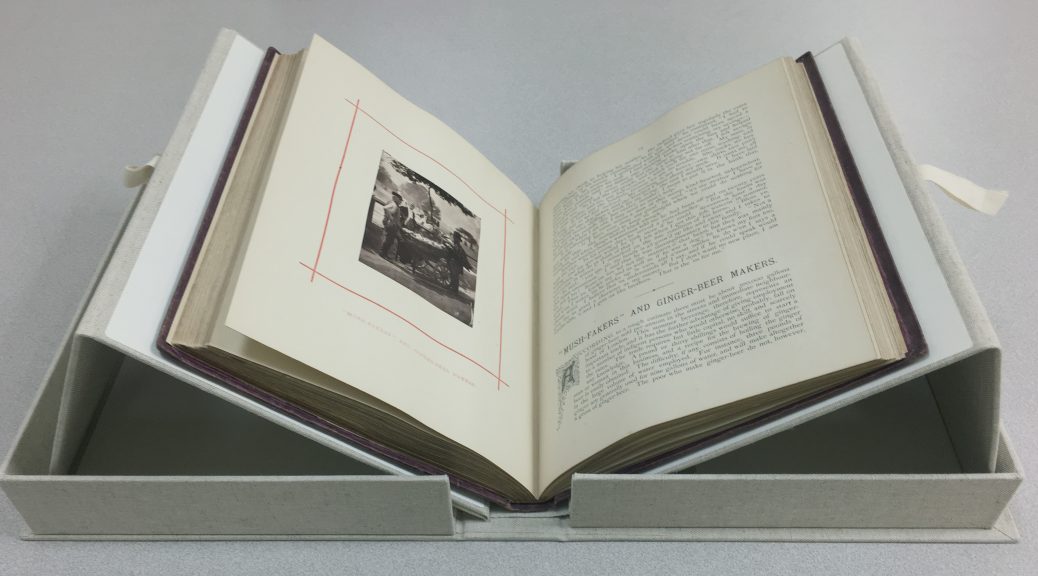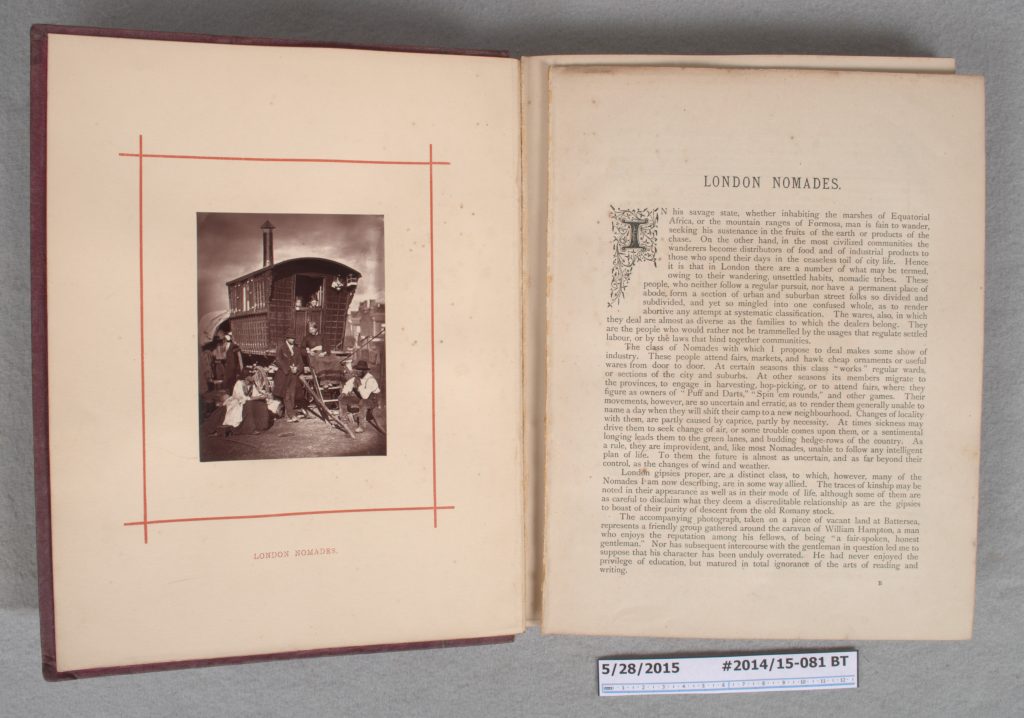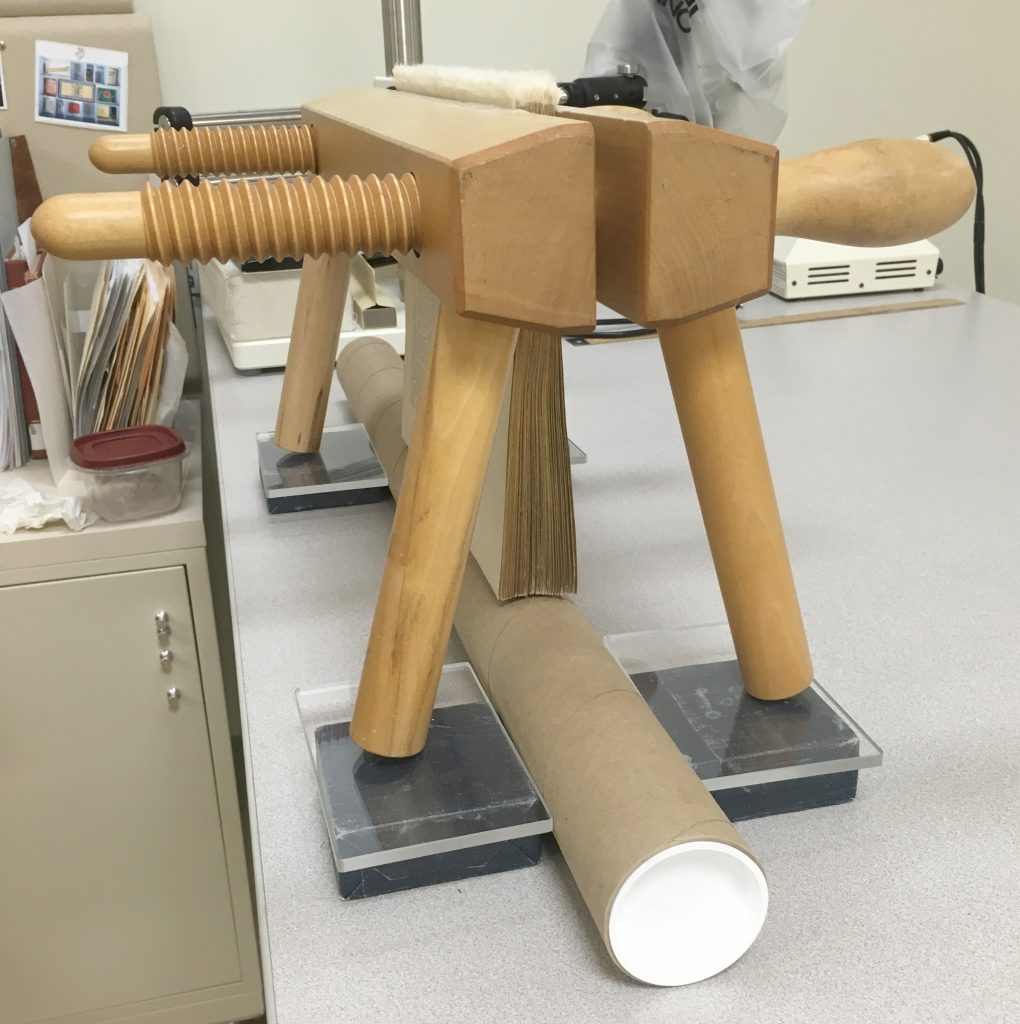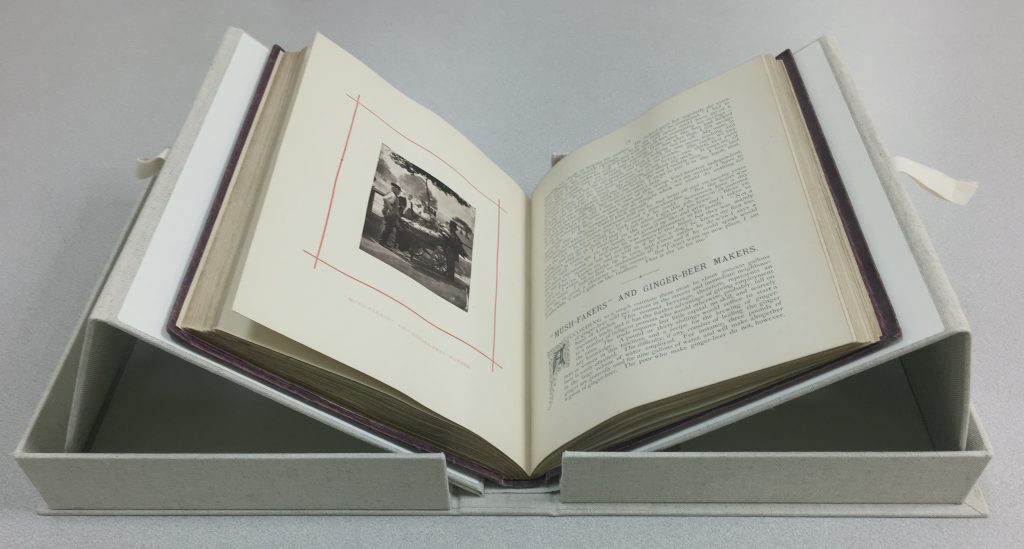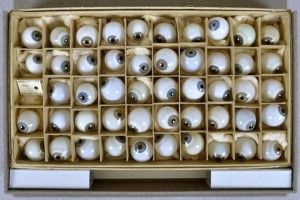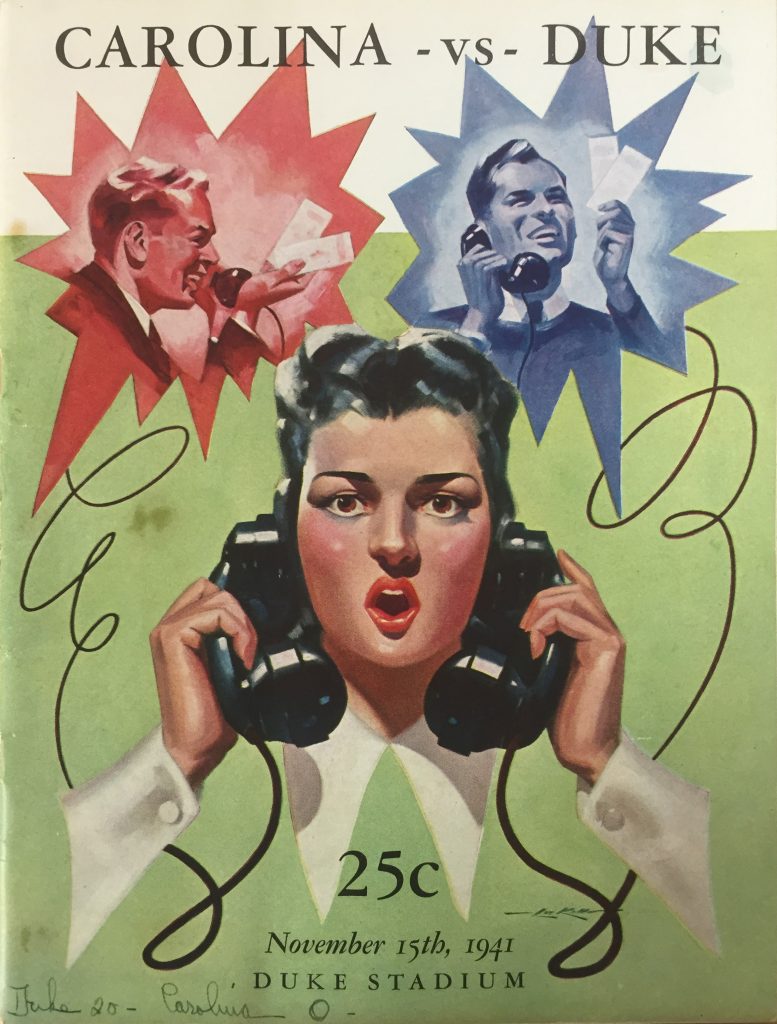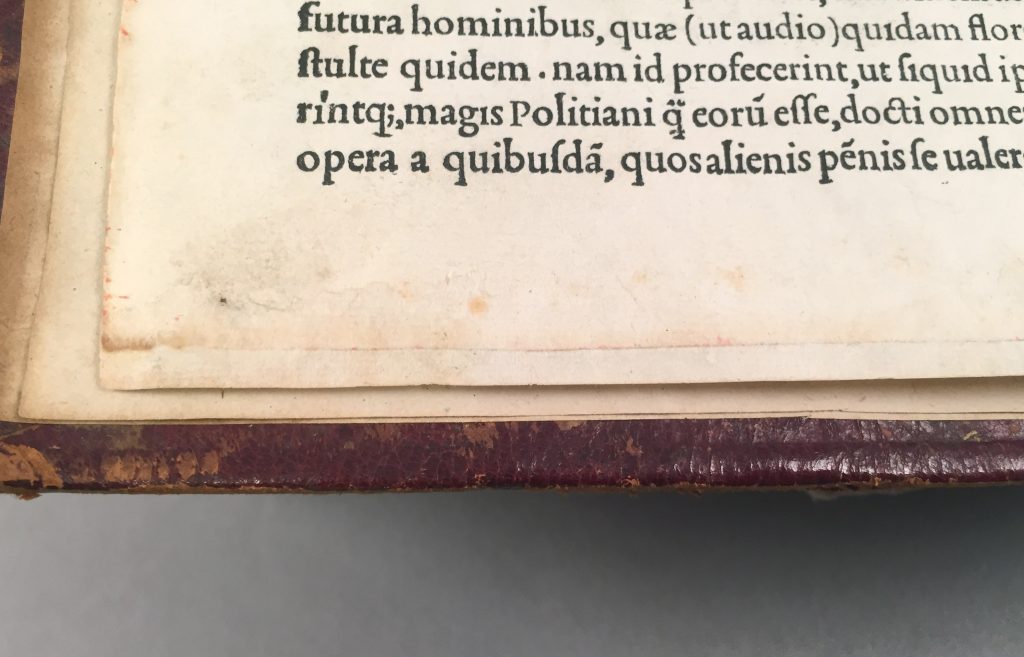An upcoming exhibit at the North Carolina Museum of Art, titled The Glory of Venice: Renaissance Painting 1470-1520, will include some really beautiful examples of early printed books from The Rubenstein Library here at Duke and Wilson Library at UNC Chapel Hill. Earlier this week, our conservator colleagues at UNC and I traveled to Raleigh to install the volumes.
The installation was very similar to our workflow here at Duke. We had already constructed custom book supports for each volume using a clear, inert plastic resin called PETG. After unpacking everything, I was able to simply position each volume on its cradle and secure the pages at the opening with clear polyester strapping.
Once the books and labels were all correctly placed inside, museum staff stepped in to install the vitrines.
The curators and museum staff at NCMA were so great to work with and I really enjoyed being part of a collaborative effort between cultural institutions from around The Triangle. I haven’t shared any images of the paintings that will also be on display, but I was able to get a peek at many of them. They are absolutely incredible! The show will be on display from March 4th – June 18th and I would encourage you to go visit if you are in the area.






